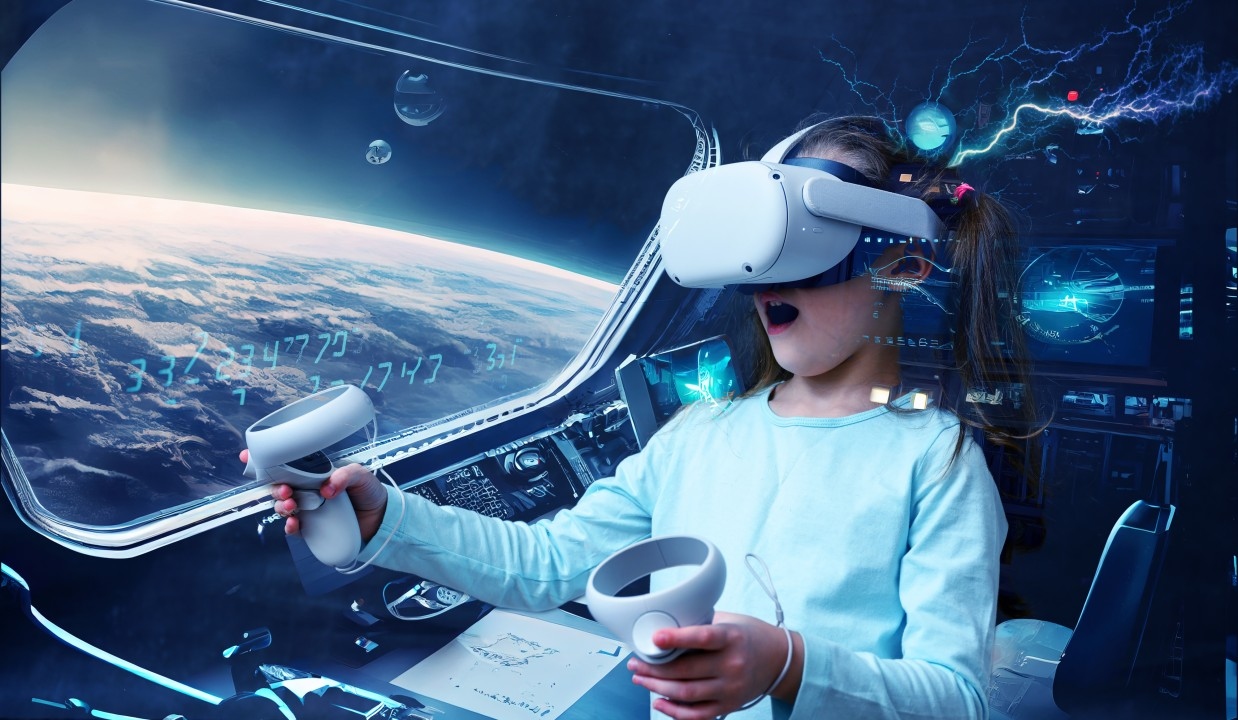Artificial intelligence (AI) will bring cutting-edge revolution and disruption that’s never been seen before in the apparel industry.
From outfit designing to spotting futuristic fashion trends to being a personal stylist to satisfying consumer experience, artificial intelligence is changing the apparel industry.
It is quite impressive and exciting to see how AI has integrated into our lives. Most of us will not even be aware of the fact that they are already using AI in their day-to-day activities. But honestly speaking, with its potential to learn and study a given situation and act accordingly, AI has taken a prominent place in every industry vertical, regardless of the work they do. The transformative role of this cutting-edge technology has enabled enterprises across the world to redefine and reinvent their business processes, allowing automated, optimized, streamlined, and flawless workflow execution, which in turn, leads to operational excellence and financial gains. One such industry that had been dealing with tons of issues, ranging from new design creation in lesser time, manufacturing garments at a sensible cost, and lack of resources to perform activities seamlessly, is the apparel industry. But, thanks to advancements in the incredible technology - AI! AI in the apparel industry will prove to be a game-changer in solving the existing issues, thereby assisting the textile designers, producers, and retailers in improving efficiency at work.
Challenges of the Traditional Apparel Ecosystem
Until now, the main focus of the apparel industry was to take care of only the production process, keeping quality as a low priority. But today, in this hyper-connective, Internet-enabled, technology-powered world, along with quantity, fashion brands have to potentially consider their design standard and garment quality while staying ahead of the fashion trends of today and tomorrow. To top the list, the garment industry also sees an intensified demand for enhanced customer experience and satisfaction. Handling all these labor-intensive tasks is not an easy undertaking, especially when only employees have to take care of them. Manually carrying out these jobs can hinder accuracy, productivity, and efficiency levels drastically. Along with boredom, the likelihood of human errors also increases. All these factors will negatively impact the apparel industry in achieving their business objectives, undoubtedly.
Making fashionable attires swiftly move off the ramp to the consumer market is the aim of every textile company. To accomplish this, brands have to speed up their production process with new, unique, and compelling clothing designs, which means designers and manufacturers have to quicken their pace at work and have shorter deadline periods. Besides, brands are pressurized to fulfill their consumer’s expectation of getting trendy apparels at a low cost. But as the cost of any apparel depends on a lot of things, ranging from working hours spent by designers on it to production cost to transportation cost to reach the retailer warehouses to many more, meeting and fulfilling customer’s cost expectations has become more of a challenge now.
The Impact of AI in the Apparel Industry
The issues and concerns that rest in the traditional apparel ecosystem call for the need to innovate, automate, and reinvent business processes that are involved in the trend spotting, garment design and production, transportation, merchandising, and sales with the help of AI.







Comments